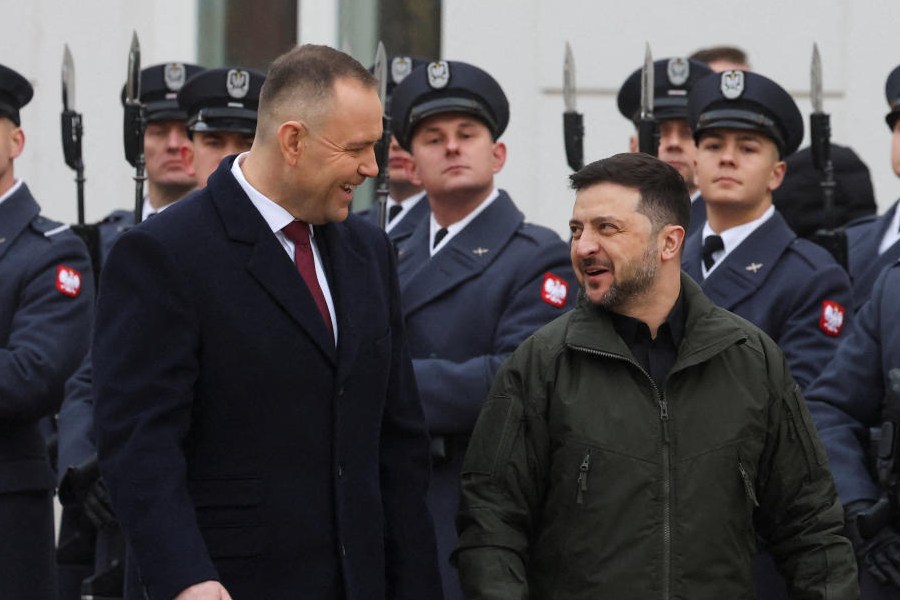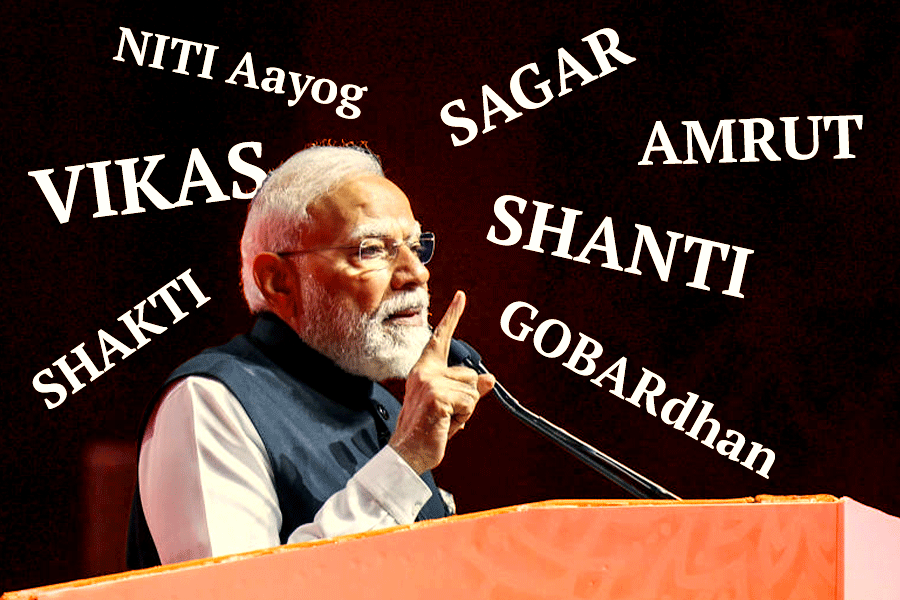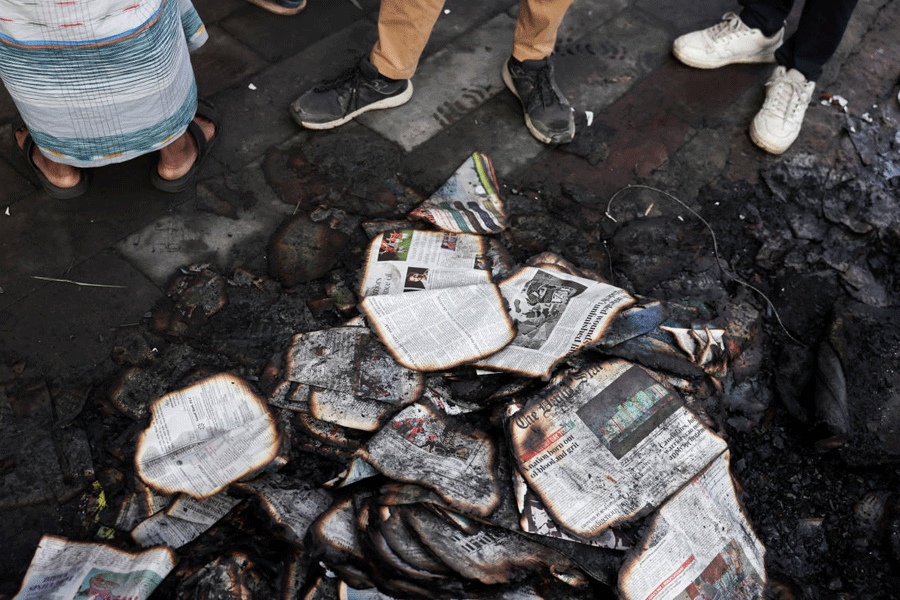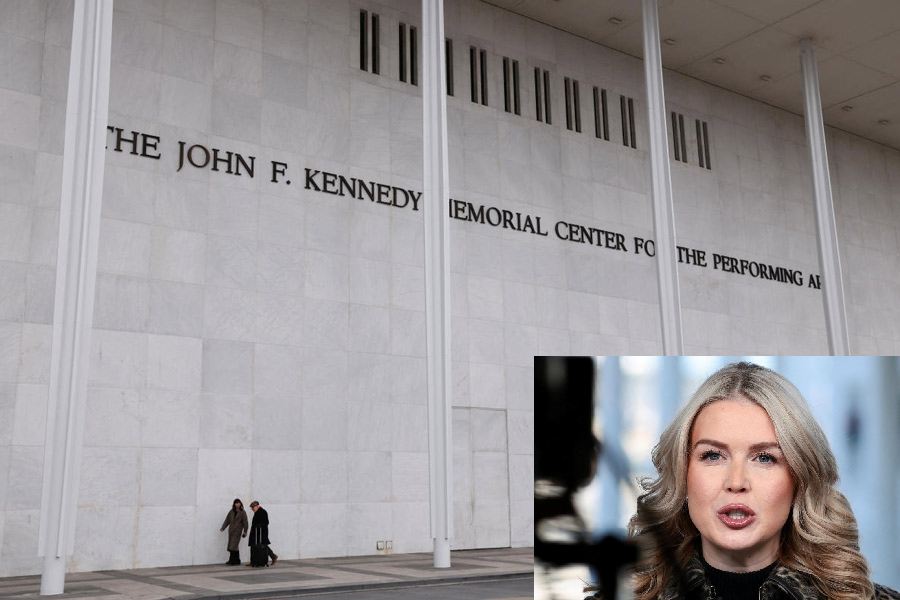 |
 |
Have your worst fears just come true? The lush mane that was once your pride and joy is something you’d rather hide under a hat now? You could once brush, spike and style your hair the way you wished but now it’s thinning drastically leaving you frustrated?
And adding to your woes you have started looking older than you are thanks to a receding hairline and irksome bald patches. If you’ve tried hair oils and lotions and nothing seems to work, it’s time to go for the next best option — a hair transplant and no, it’s no longer a taboo to talk about it. “People no longer shy away from going for a hair transplant as long as they get their hairline and youthful appearance back,’’ says dermatologist Dr Navin Taneja.
The better part of the news is that today you can pick from a range of easy-to-execute treatments like Follicular Unit Transplantation (FUT), Follicular Unit Extraction (FUE) and the latest in India — the Direct Hair Implant (DHI) technique.
According to Taneja, balding is more common in men though at times women could also do with treatment. Men usually begin losing scalp hair at the temples or the crown of the head between the age of 20 and 45. “Initially, you’ll spot loss of hair at the top of the head,” says Taneja.
Cosmetic surgeon Dr Anup Dhir who performs hair transplants says: “By the age of 50, about 50 per cent of both men and women are affected by hair loss, much of which is hereditary.” Dhir performs Follicular Unit Transplantation, a state-of-the-art hair transplantation technique that has replaced larger grafts of hair (which involved the transplantation of skin with the hair). FUT is also called the strip method because here the surgeon harvests a strip of tissue creating a linear scar from one ear to other. The surgeon then microscopically dissects follicular units from this strip.
 |
Calcutta-based surgeon Dr Manoj Khanna has designed a special instrument called the Kolkata Slit, which is being patented and is useful for FUT. Alternatively, in the harvesting method called Follicular Unit Extraction (FUE), follicular units are extracted individually from the scalp.
According to Khanna, most surgeons across the world prefer FUT over FUE because FUE can cause damage to the hair roots since the roots are not microscopically dissected follicular units. The follicular units are extracted one-by-one using custom-made, micro-surgical tools less than a millimetre in diameter. Here the surgeon extracts individual hair follicles from the back of the scalp which leaves tiny pin prick wounds where each hair follicle is extracted. Be it linear scars from FUT or these pin prick wounds, they take time to heal and leave scars.
“If 2,000 grafts are harvested from the back in the FUE treatment, there will be 2,000 dot scars in the back of the head, which is much more than one linear scar after taking a strip,” says Khanna.
These days, most surgeons use the Tricophytic Closure Technique for both the FUT and FUE procedures as it is said to minimise the visibility of the scar if done correctly. “Trichophytic closure camouflages the donor scars from where hair has been transplanted,” says Khanna. This involves closing the wound in such a way that the hair near the edge can grow through the scar and conceal it. Khanna uses FUE in cases where the number of grafts is limited. The procedure costs Rs 100 per follicle graft.
According to Khanna, who has done transplants using FUT and FUE for many celebrities including Dr Vece Paes, FUT results in permanent and normal hair growth. Paes who got a transplant in 2005 highly recommends the procedure. “I was apprehensive about the surgery but once it was over, the results were fantastic and have been long lasting,” says Paes.
The FUT procedure is conducted under local anaesthesia and the patient goes home immediately afterwards. Depending on the area and number of follicle grafts, it usually takes about two to six hours for one session of hair transplant.
For large areas of baldness, Khanna has transplanted even 5,000 to 6,000 follicle grafts (follicle tissues) or more in one sitting that takes six to seven hours. “In case of very large areas of baldness, you can get a second similar procedure done in the remaining bald patches after six months of the first operation,” says Khanna. Depending on the donor area (area from where the hair is taken), anyone can have three to five sittings of hair transplant to cover large areas of baldness.
“In areas where there is thinning but not complete baldness, hairs can be transplanted in-between the existing hairs to increase their density,” says Khanna. The operation charges for transplanting hair is Rs 60 per follicle and including other expenses would cost Rs 70 per follicle graft and the entire cost would depend on the area of baldness and the follicle grafts you require. “Hair transplantation has no side effects,” says Khanna.
Those who want to try out something new and advanced can go to Asian Roots spa in Delhi for the latest DHI technique which doesn’t use scalpels and promises a pain and scar-free surgery.
In DHI, a single hair follicular unit is extracted and put under the microscope and implanted into the bald region with a DHI implanter. During the transplant a small pen-like device is used to remove the follicles after the area has been de-sensitised with local anaesthesia. Hair re-growth is seen after 16 weeks, depending in part on how quickly the capillaries form around the newly relocated follicular units. DHI can implant close to 5,000-6,000 hairs in one three-hour sitting. DHI is also similar to FUE but is a Greek Patent technology done using a patented device.
“DHI delivers the density required for a natural look. Even grey hair is not a deterrent for getting implants done. If you don’t have a sufficiently large donor site at the back of your head, body hair can also be used,” says Kamayani Kanwar, the founder of Asian Roots spa. The price of DHI at Asian Roots varies from patient to patient and is available on request.
Khanna promises: “You can shave, apply oil or shampoo to the new hair and comb it to your desired style without a second thought.”











